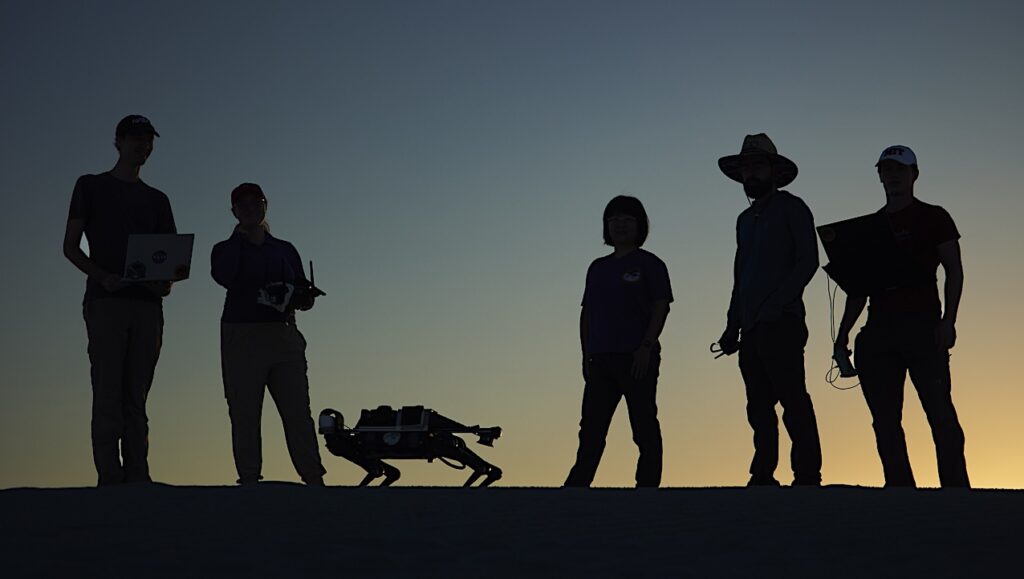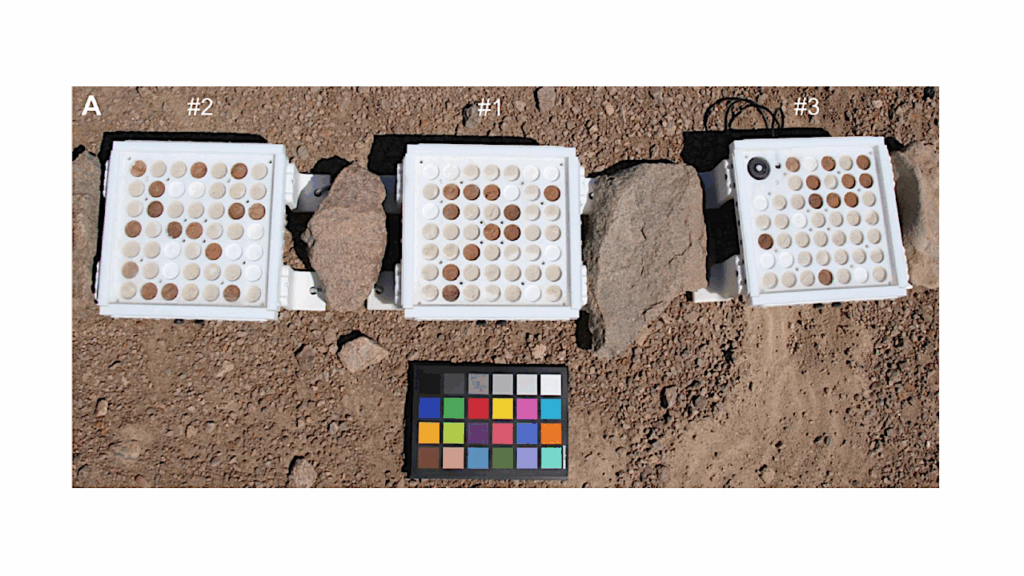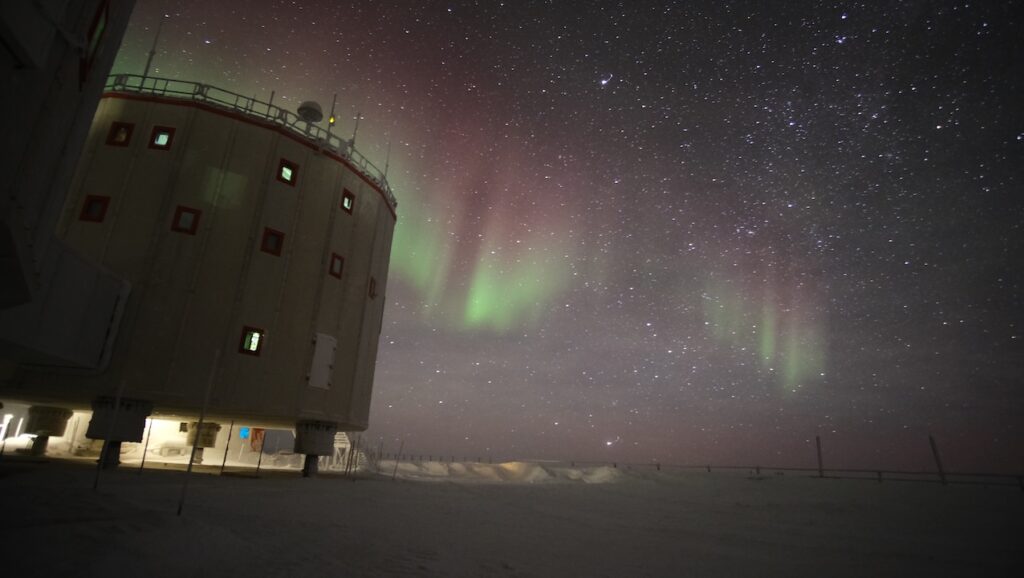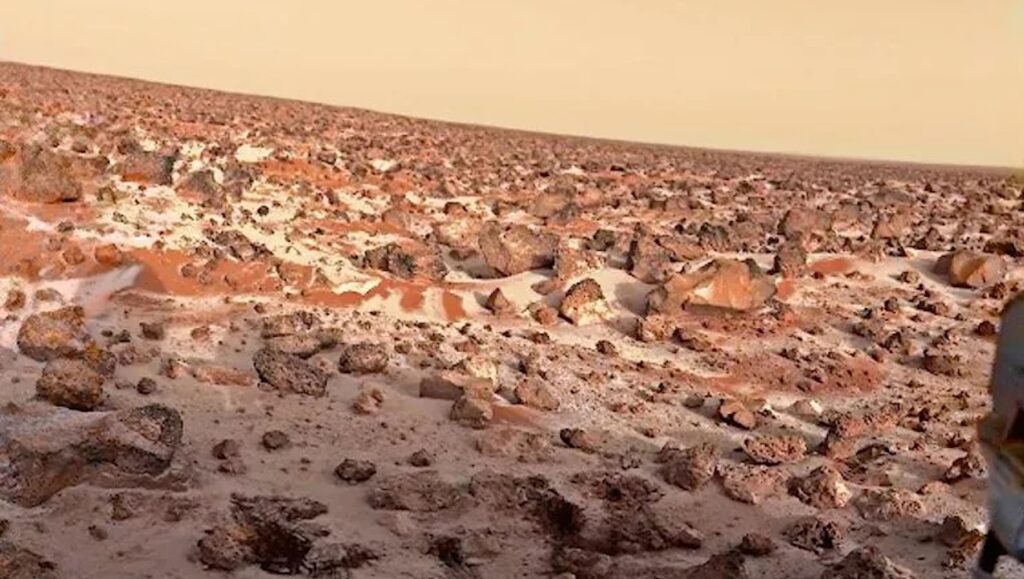The NEID Earth Twin Survey. IV. Confirming An 89 d, msini=10 M-earth Planet Orbiting A Nearby Sun-like Star
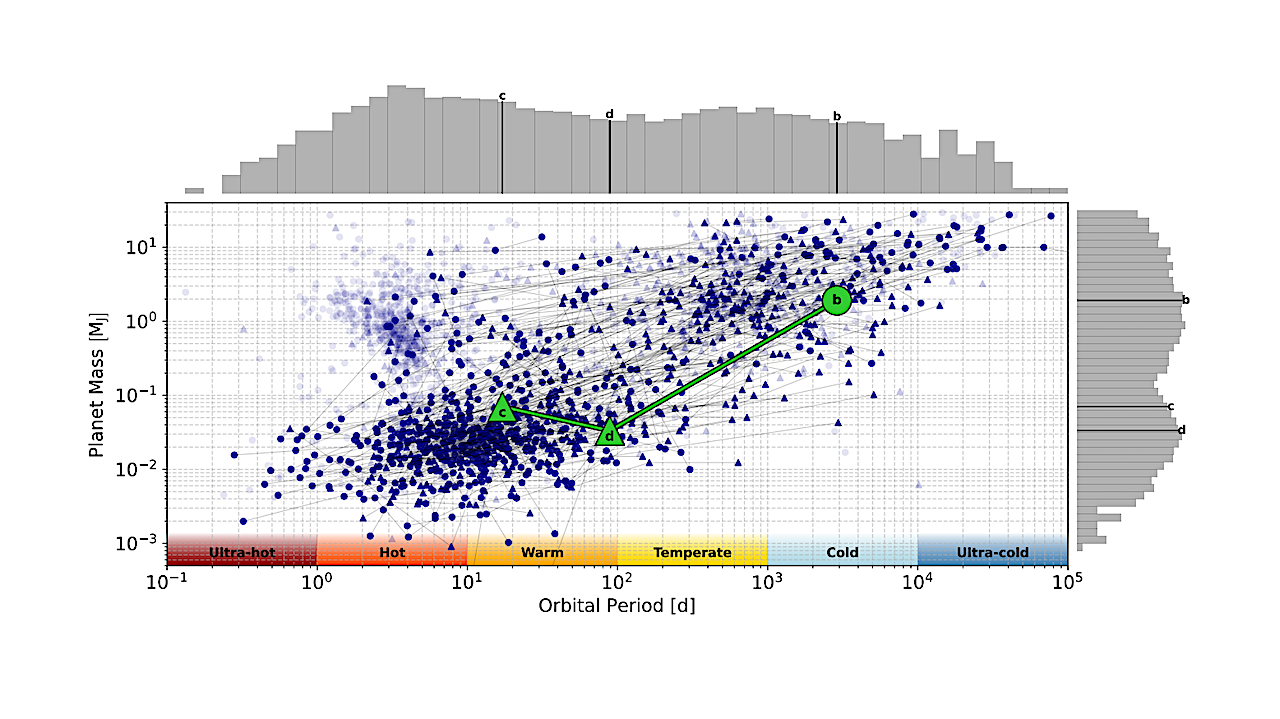
We present the confirmation of HD 190360 d, a warm (P=88.690+0.051−0.049 d), low-mass (msini=10.23+0.81−0.80 M⊕) planet orbiting the nearby (d=16.0 pc), Sun-like (G7) star HD 190360.
We detect HD 190360 d at high statistical significance even though its radial velocity (RV) semi-amplitude is only K=1.48±0.11 m s−1. Such low-amplitude signals are often challenging to confirm due to potential confusion with low-amplitude stellar signals.
The HD 190360 system previously had two known planets: the 1.7 MJ (true mass) HD 190360 b on a 7.9 yr orbit and the 21 M⊕ (minimum mass) HD 190360 c on a 17.1 d orbit. Here, we present an in-depth analysis of the HD 190360 planetary system that comprises more than 30 years of RV measurements and absolute astrometry from the Hipparcos and Gaia spacecrafts.
Our analysis uses more than 1400 RVs, including nearly 100 from NEID. The proper motion anomaly as measured by these two astrometric missions solves for the dynamical mass of HD 190360 b and contributes to our understanding of the overall system architecture, while the long baseline of RVs enables the robust characterization of HD 190360 c and confirms the discovery of HD 190360 d.
Mark R. Giovinazzi, Evan Fitzmaurice, Arvind F. Gupta, Paul Robertson, Suvrath Mahadevan, Eric B. Ford, Jaime A. Alvarado-Montes, Chad F. Bender, Cullen H. Blake, Jiayin Dong, Rachel B. Fernandes, Samuel Halverson, Te Han, Shubham Kanodia, Daniel M. Krolikowski, Sarah E. Logsdon, Joe P. Ninan, Arpita Roy, Christian Schwab, Gudmundur Stefansson, Ryan C. Terrien, Jason T. Wright
Comments: 12 pages, 6 figures, 3 tables
Subjects: Earth and Planetary Astrophysics (astro-ph.EP)
Cite as: arXiv:2508.18169 [astro-ph.EP] (or arXiv:2508.18169v1 [astro-ph.EP] for this version)
https://doi.org/10.48550/arXiv.2508.18169
Focus to learn more
Submission history
From: Mark Giovinazzi
[v1] Mon, 25 Aug 2025 16:17:42 UTC (1,443 KB)
https://arxiv.org/abs/2508.18169
Astrobiology,




